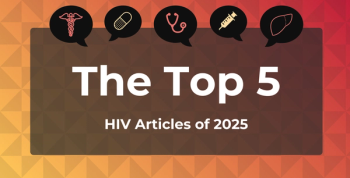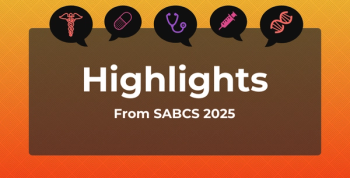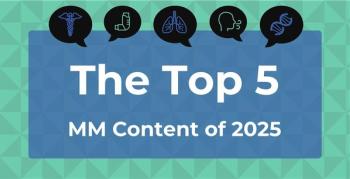
Dr Eric Schneider: Develop Data Tools With End User in Mind
New data-based tools need to be developed with the end user in mind in order to be made more effective, Eric Schneider, MD, MSc, senior vice president for policy and research at The Commonwealth Fund, said at the AcademyHealth National Health Policy Conference.
New data-based tools need to be developed with the end user in mind in order to be made more effective, Eric Schneider, MD, MSc, senior vice president for policy and research at The Commonwealth Fund, said at the AcademyHealth National Health Policy Conference, held February 1-2, 2016, in Washington, DC. Dr Schneider also discussed how health technologies can reduce health disparities as they are rendered more user friendly, and how various barriers to accessing data are ending.
AJMC: When we gather data, how can we ensure that it’s actionable and useful?
ES: So one of the insights that came out of this morning’s panel discussion was around the need to involve the end users of data early in the process of design. There are lots of efforts going on to develop patient portals that don’t involve patients or caregivers. There are also efforts to develop the electronic health records that physicians feel like they’ve been closed out of. These end products—the patient portals, the electronic health records—there’s a lot of friction and a lot of dissatisfaction with those products because they’re not user friendly, they don’t serve the tasks that people really need to do in their everyday life.
An important step forward will be to deal with better design of those interfaces through involving the end users, the patients, the physicians, the nurses, the case managers, all the people who come into contact with the patient and need to be able to have a useful interface. And that can only happen if there’s design work up front.
AJMC: What effect does health IT and health technologies have on health disparities?
ES: There has been a worry that there is a digital divide which will further exacerbate disparities, but there are reasons to be optimistic that when we put tools in the hands of patients and caregivers that they actually can take advantage of those tools. Many of the new tools that are somewhat experimental take advantage of the familiarity of graphical design interfaces so that they can transcend health literacy barriers and text barriers, and represent information to people in the way that they can understand it. And that sort of customization is something we see a lot of coming out of Silicon Valley, making things easy and simple to use which, ultimately, could reduce the disparities.
AJMC: Last thoughts?
ES: What was discussed in this morning’s panel [at the AcademyHealth's National Health Policy Conference] was very interesting because there have been several barriers to the idea of empowering consumers with data. And those barriers are falling; the government is now making data available and opening up channels for data to flow in ways where vendors and developers in Silicon Valley can write the programs and the interfaces that will allow people to make use of the data. And then there are the developments around artificial intelligence engines and being able to process large amounts of data to gain insights. The technologies really are arriving and so we will probably see transformative changes in the next year or two simply around the technical capabilities.
The big challenge for us at the National Health Policy Conference at AcademyHealth in the policy world is to make sure our policies are facilitating and enabling that rather than blocking it or holding it back.
Newsletter
Stay ahead of policy, cost, and value—subscribe to AJMC for expert insights at the intersection of clinical care and health economics.








